Polar Bear
- January 11, 2024
- 1 comment
The polar bear, scientifically known as Ursus maritimus, stands as an iconic symbol of the Arctic’s icy wilderness. With its distinctive white fur and formidable presence, this majestic creature is the largest land carnivore on Earth. Well-adapted to its harsh environment, the polar bear boasts a thick layer of insulating blubber and dense fur, ensuring survival in freezing temperatures. Primarily residing in the Arctic region, polar bears rely on sea ice for hunting seals, their primary prey.

These incredible swimmers navigate the frigid waters with ease, showcasing their prowess in both the icy realms and on land. Unfortunately, the polar bear faces increasing threats, particularly from climate change-induced habitat loss. As the Arctic ice diminishes, so does the bear’s hunting ground, posing a serious risk to its existence. Beyond their ecological significance, polar bears hold a special place in human culture, depicted in various forms of media and revered for their symbolic role in environmental conservation. The challenges these creatures encounter underscore the urgent need for global efforts to address climate change and safeguard the Arctic ecosystem for the continued well-being of polar bears.
| Specification | Details |
|---|---|
| Scientific Name | Ursus maritimus |
| Classification | Mammal |
| Average Weight | Adult males: 900 to 1,600 pounds (410 to 730 kg) |
| Adult females: 500 to 700 pounds (230 to 320 kg) | |
| Length | 7.25 to 8 feet (2.2 to 2.5 meters) |
| Height at Shoulder | 4.4 to 5.5 feet (1.3 to 1.7 meters) |
| Fur Color | White, providing camouflage in the Arctic environment |
| Lifespan | 25 to 30 years in the wild |
| Habitat | Arctic region, primarily sea ice and surrounding areas |
| Diet | Carnivorous, primarily seals |
| Hunting Techniques | Waiting near seal breathing holes, ambushing on ice |
| Adaptations | Thick layer of blubber, dense fur, small ears and tail |
| Swimming Ability | Excellent swimmers, covering long distances |
| Conservation Status | Vulnerable, with populations at risk due to climate change and habitat loss |
| Cultural Significance | Symbolic representation in indigenous folklore, art, and rituals |
Majestic Creatures of the Arctic
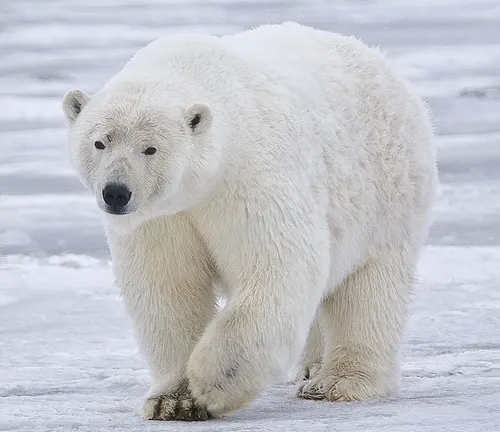
Polar bears, the iconic inhabitants of the Arctic, are more than just fluffy white giants. Their existence is intertwined with the delicate balance of the Arctic ecosystem, facing challenges and capturing hearts worldwide. In this article, we delve into the captivating world of polar bears, exploring their physical characteristics, habitats, diets, threats, conservation efforts, and their intriguing presence in popular culture.
Polar bears, scientifically known as Ursus maritimus, are the largest land carnivores on Earth. Living in the Arctic region, these magnificent creatures have adapted to extreme cold and are expert hunters in their icy domain.
Beyond their majestic appearance, polar bears play a crucial role in maintaining the ecological balance of the Arctic. Their presence indicates the health of the sea ice ecosystem, making them a sentinel species for climate change impacts.
Physical Characteristics
Adaptations for Arctic survival
Polar bears are equipped with specialized adaptations, such as thick fur and layers of blubber, allowing them to withstand freezing temperatures. Their keen sense of smell and powerful limbs aid in efficient hunting on the ice.
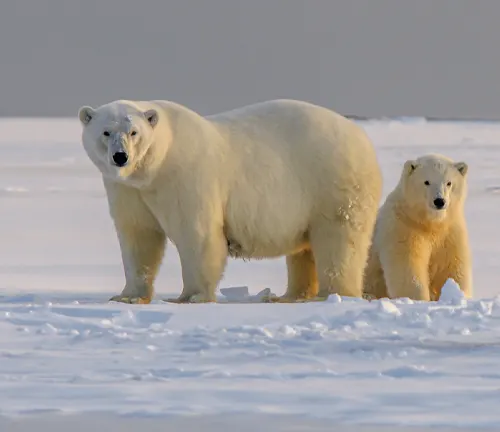
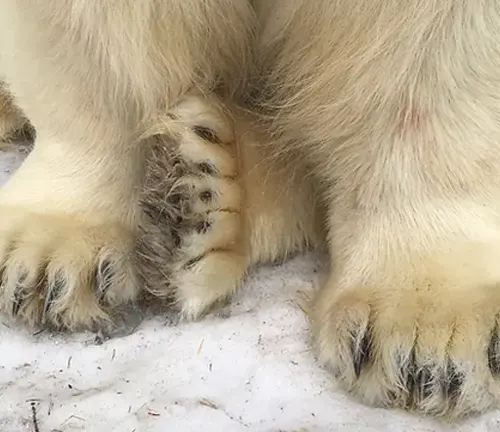
Distinct features of polar bears
From their characteristic white fur to large paws and sharp claws, polar bears possess unique features that make them perfectly suited for their harsh environment. These features are not only functional but also contribute to their undeniable charm.
Habitat and Range
Overview of Arctic habitat
The Arctic, with its icy landscapes and frozen seas, provides the ideal habitat for polar bears. Sea ice is their primary hunting ground, and they rely on it for essential activities like hunting, breeding, and resting.
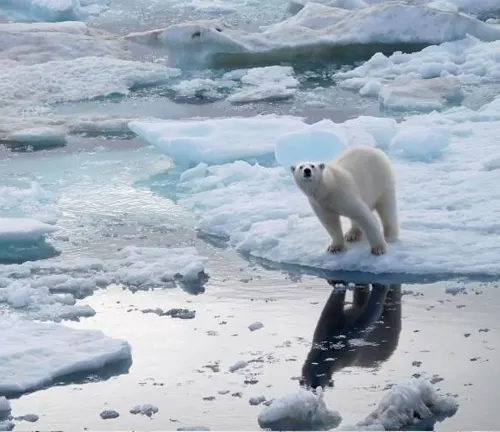
Key locations where polar bears are found
Polar bears are distributed across the Arctic region, with significant populations in areas like the Canadian Arctic Archipelago, Alaska, Greenland, Norway, and Russia. Understanding their range is crucial for conservation efforts.

Diet and Hunting Behavior
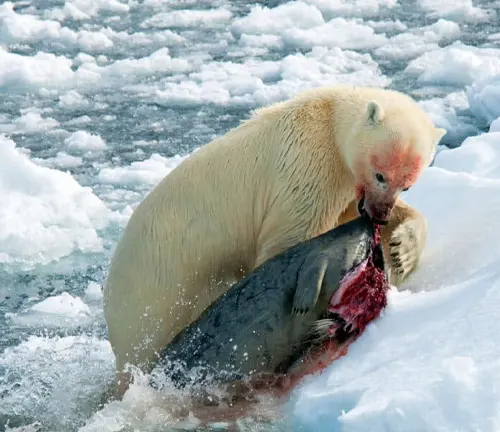
Primary food sources
Polar bears are primarily carnivorous, with seals being their main prey. They use various hunting techniques, including waiting by seal breathing holes and ambushing them on the ice.
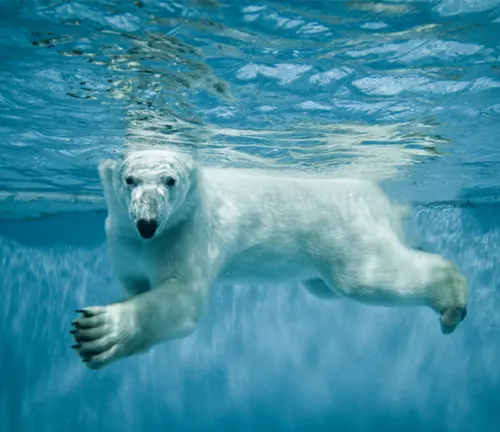
Hunting techniques and strategies
The art of polar bear hunting involves patience, stealth, and intelligence. Their adaptation to the Arctic environment allows them to navigate the ice and surprise their prey with precision.
Threats to Polar Bears
Climate change impact
The most significant threat to polar bears is the rapid loss of sea ice due to climate change. This affects their ability to hunt, travel, and reproduce, posing a serious risk to their survival.
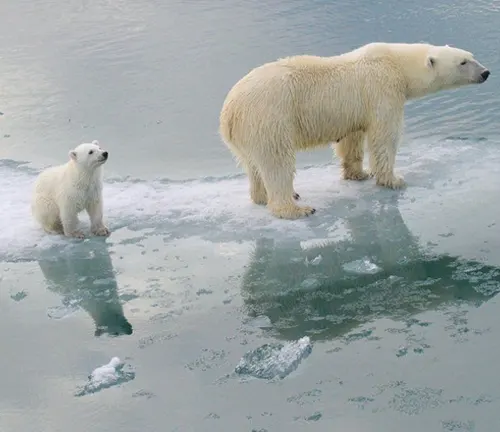
Human-related threats
Human activities, such as oil and gas exploration, shipping, and pollution, contribute to the degradation of polar bear habitats. Understanding these threats is essential for implementing effective conservation measures.
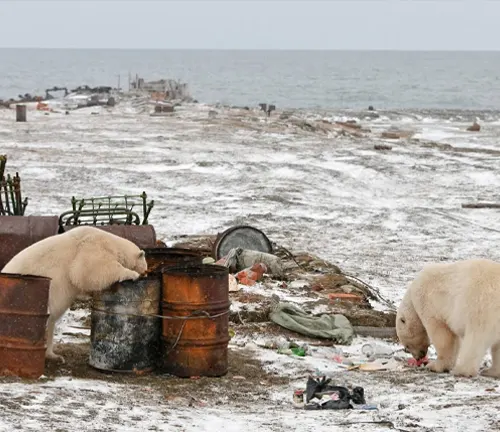
Conservation Efforts
International initiatives
Countries, conservation organizations, and indigenous communities are working together on international initiatives to protect polar bears. Agreements like the Polar Bear Agreement aim to address common concerns and ensure coordinated conservation efforts.
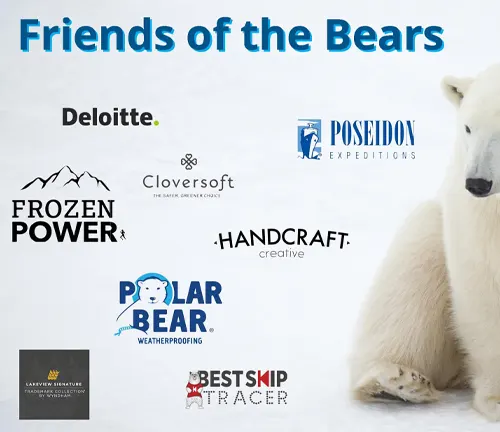
Role of wildlife organizations
Wildlife organizations play a pivotal role in funding research, raising awareness, and actively participating in conservation projects. Their efforts contribute to preserving the Arctic ecosystem and the polar bear population.
Polar Bears in Popular Culture
Representation in media
Polar bears have captured the imagination of people worldwide and are often depicted in various forms of media, from documentaries to children’s books. These representations shape public perception and awareness.
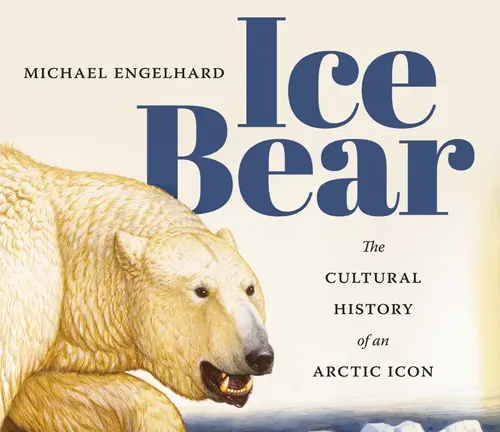
Symbolic significance
Beyond their physical existence, polar bears have become symbols of environmental conservation. Their struggle for survival reflects the broader challenges faced by wildlife in the era of climate change.
Impact on Indigenous Communities
Relationship between polar bears and indigenous people
Indigenous communities in the Arctic have a deep connection with polar bears, viewing them as important cultural and spiritual symbols. Understanding this relationship is crucial for effective conservation strategies.
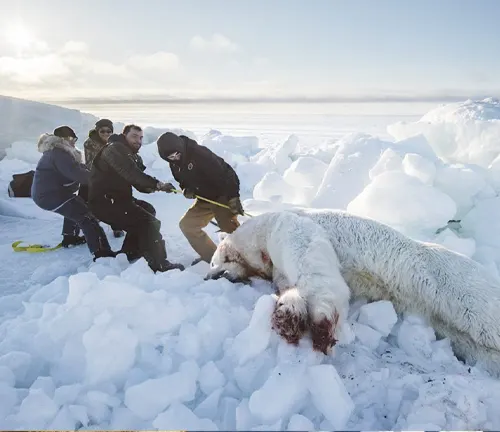
Cultural significance
Polar bears hold cultural significance in indigenous folklore, art, and rituals. Exploring the cultural aspects of their presence fosters a holistic approach to conservation that respects both nature and human traditions.
Polar Bear Tourism
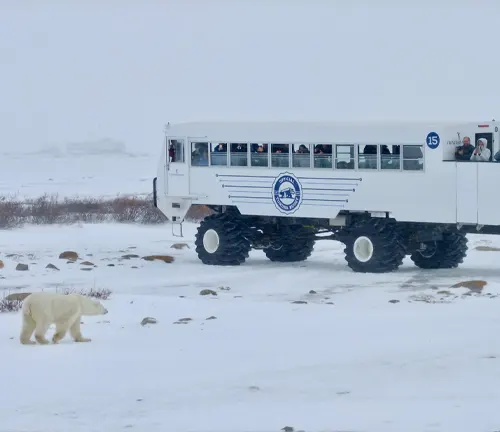
Growing interest in polar bear watching
The fascination with polar bears has fueled a rise in polar bear tourism. Travelers seek the thrill of witnessing these majestic creatures in their natural habitat, contributing to local economies.
Sustainable tourism practices
Balancing tourism with conservation efforts is essential to prevent negative impacts on polar bear habitats. Implementing sustainable tourism practices ensures that economic benefits align with environmental protection.
Research and Studies
Scientific studies on polar bears
Ongoing research provides valuable insights into polar bear behavior, health, and population trends. Scientists use advanced technologies to monitor these creatures and gather data for informed conservation strategies.
Importance of ongoing research
Continuous studies are crucial for adapting conservation strategies to the dynamic challenges faced by polar bears. Scientific research informs policy decisions and helps monitor the effectiveness of conservation initiatives.
Polar Bear Cubs
Life cycle and development
Polar bear cubs face unique challenges as they navigate the Arctic environment. Understanding their life cycle sheds light on the vulnerabilities they face and the importance of protecting their habitats.
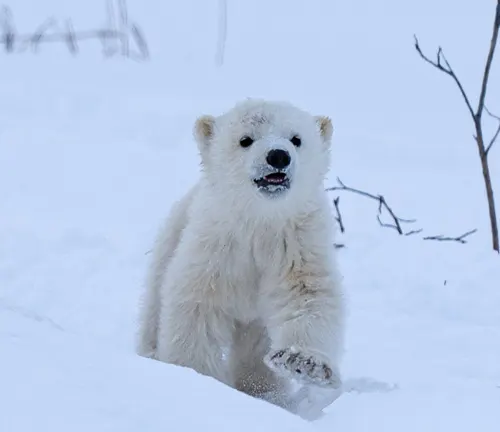
Challenges faced by polar bear cubs
From predation to climate-related threats, polar bear cubs have a perilous journey to adulthood. Addressing these challenges is essential for ensuring the survival of future generations.
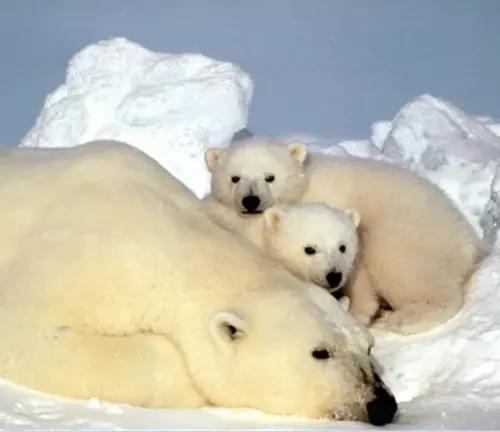
Captivity Concerns


Debates on polar bears in captivity
The debate on keeping polar bears in captivity raises ethical questions regarding their well-being and conservation. Examining both sides of the argument is crucial for informed decision-making.
Ethical considerations
Balancing educational benefits with the welfare of individual polar bears in captivity requires careful consideration. Ethical guidelines can help shape policies that prioritize the best interests of these animals.
Polar Bear Adaptability

Ability to thrive in changing environments
Polar bears demonstrate remarkable adaptability to changing Arctic conditions. Examining their responses to environmental shifts provides insights into broader ecological resilience.
Resilience in the face of challenges
Despite facing unprecedented challenges, polar bears showcase resilience in their ability to adapt and survive. Studying their resilience offers hope for the future of this endangered species.
Frequently Asked Questions (FAQs)
- What is the current population status of polar bears?
Polar bear populations are closely monitored, and the International Union for Conservation of Nature (IUCN) provides periodic assessments. The species is currently listed as vulnerable due to habitat loss. - How do polar bears communicate with each other?
Polar bears use various vocalizations, body language, and scent marking to communicate. Roaring, growling, and chuffing are among the sounds they make. - What is the average lifespan of a polar bear in the wild?
In the wild, polar bears typically live to be around 25 to 30 years old. However, factors such as climate change and human-related threats can impact their lifespan. - Do polar bears hibernate like other bear species?
Polar bears do not hibernate in the same way as other bear species. Pregnant females enter a dormant state during winter, known as “walking hibernation,” when they give birth and care for cubs. - How do polar bears stay warm in extremely cold temperatures?
Polar bears have a thick layer of blubber and dense fur that insulate them from the cold. Their small ears and tail also help minimize heat loss. - Do polar bears live in groups or are they solitary animals?
Polar bears are generally solitary animals. However, they may come together in groups, especially during mating season or when scavenging a large food source. - Are there any legal protections for polar bears?
Yes, polar bears are protected under various international agreements, and hunting them is regulated. The species is listed on the Appendices of the Convention on International Trade in Endangered Species of Wild Fauna and Flora (CITES). - How do polar bears hunt seals on the sea ice?
Polar bears hunt seals by waiting near breathing holes or seal dens on the sea ice. They may also use their keen sense of smell to detect seals from a distance and approach them stealthily. - Can polar bears survive without sea ice?
Polar bears are highly dependent on sea ice for hunting seals, their primary prey. The loss of sea ice due to climate change poses a severe threat to their survival. - Are there any specific polar bear conservation projects that people can support?
Yes, several conservation organizations are working on polar bear protection. Supporting initiatives such as Polar Bear International and World Wildlife Fund contributes to conservation efforts.


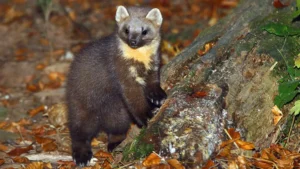

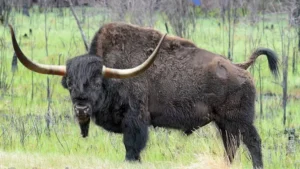
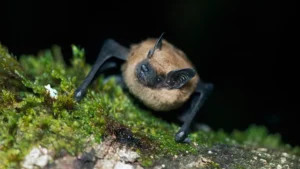

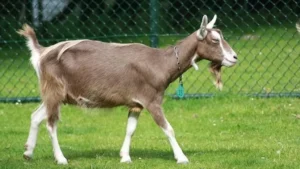

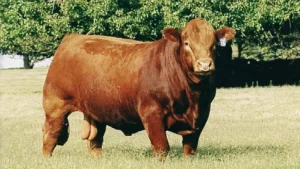
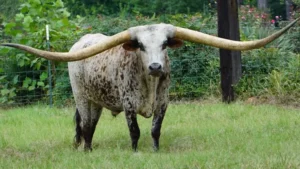

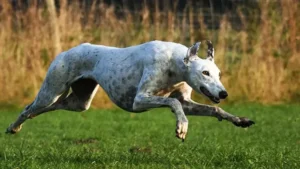

good
iase
February 7, 2024 5:39 pm